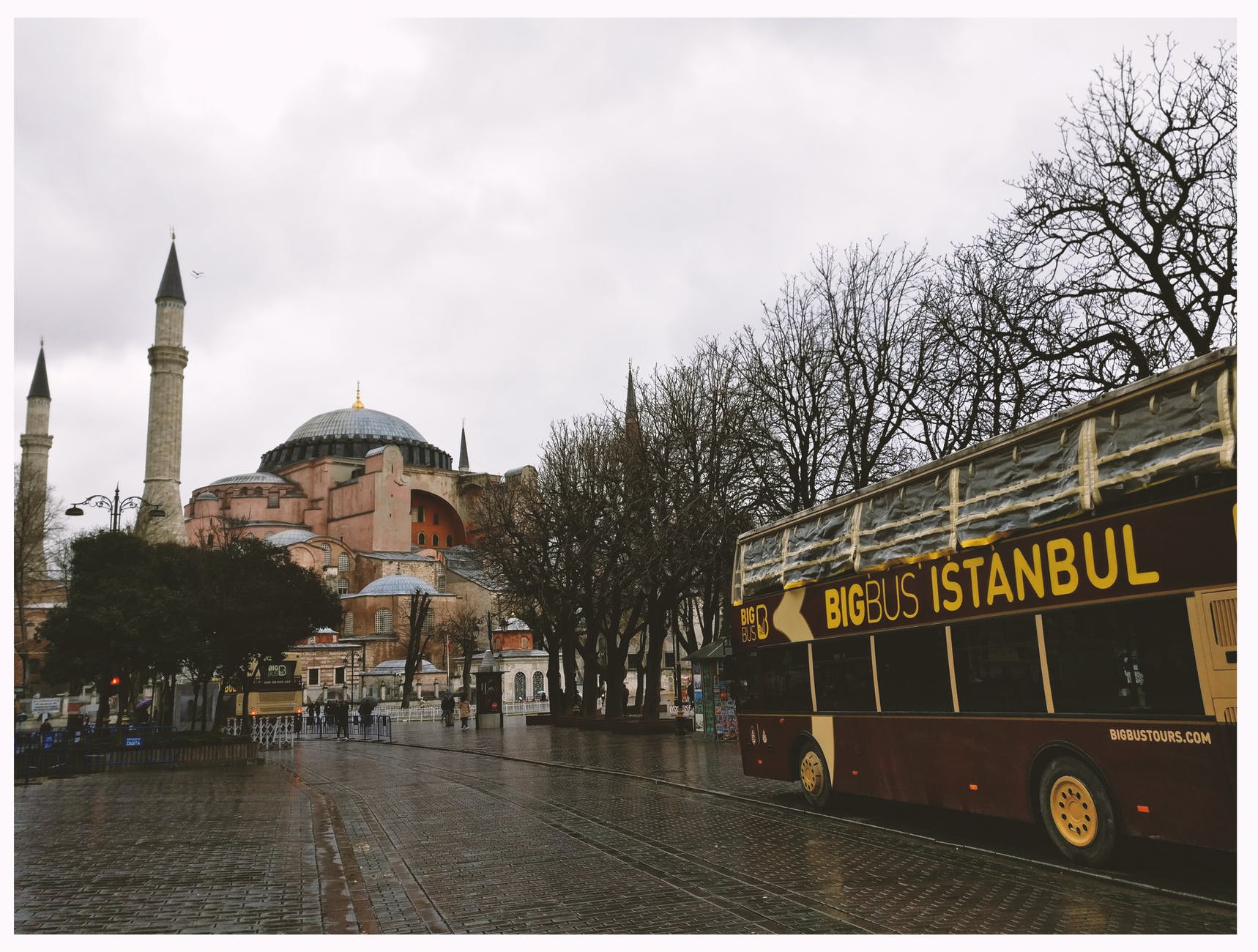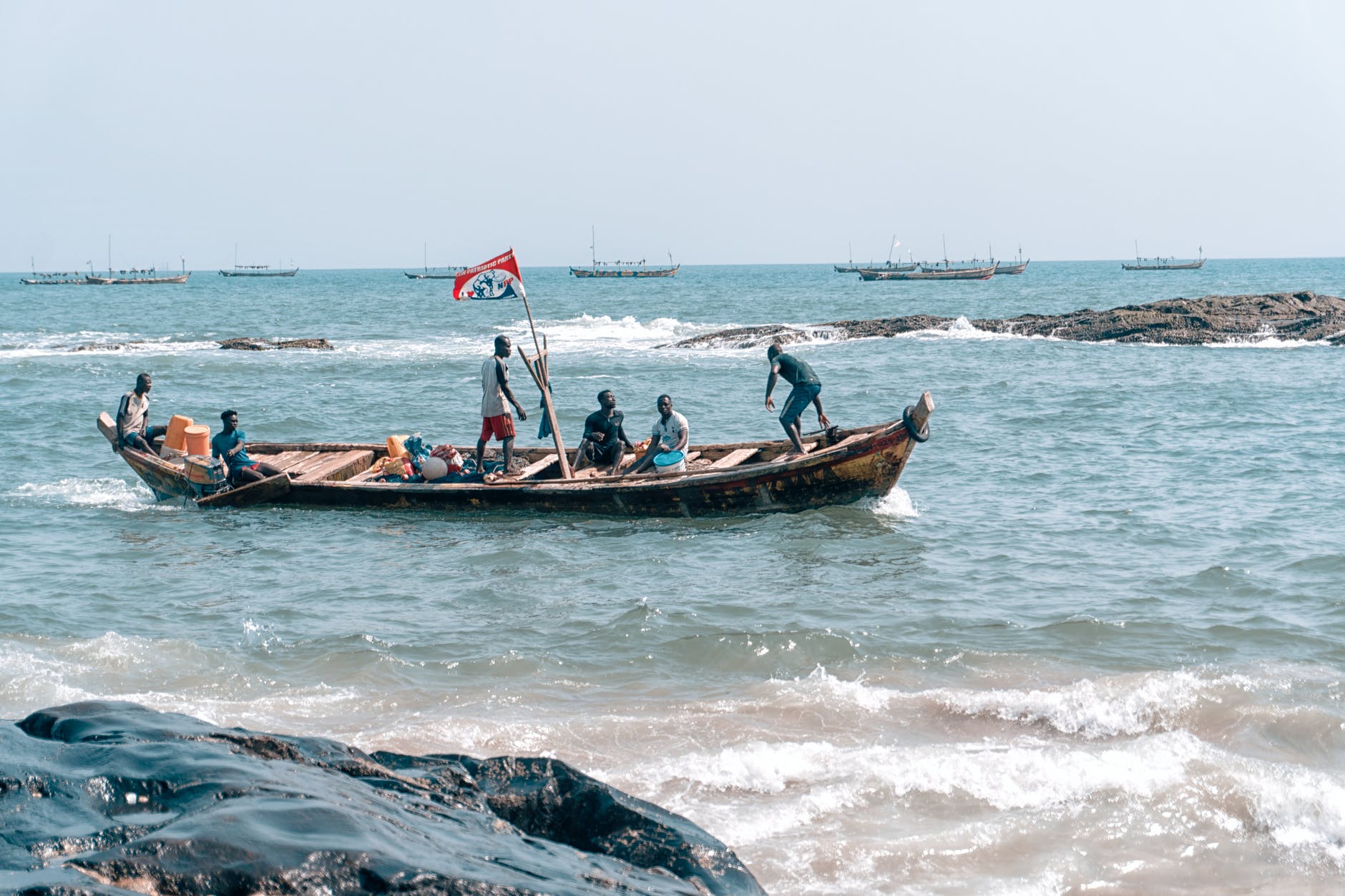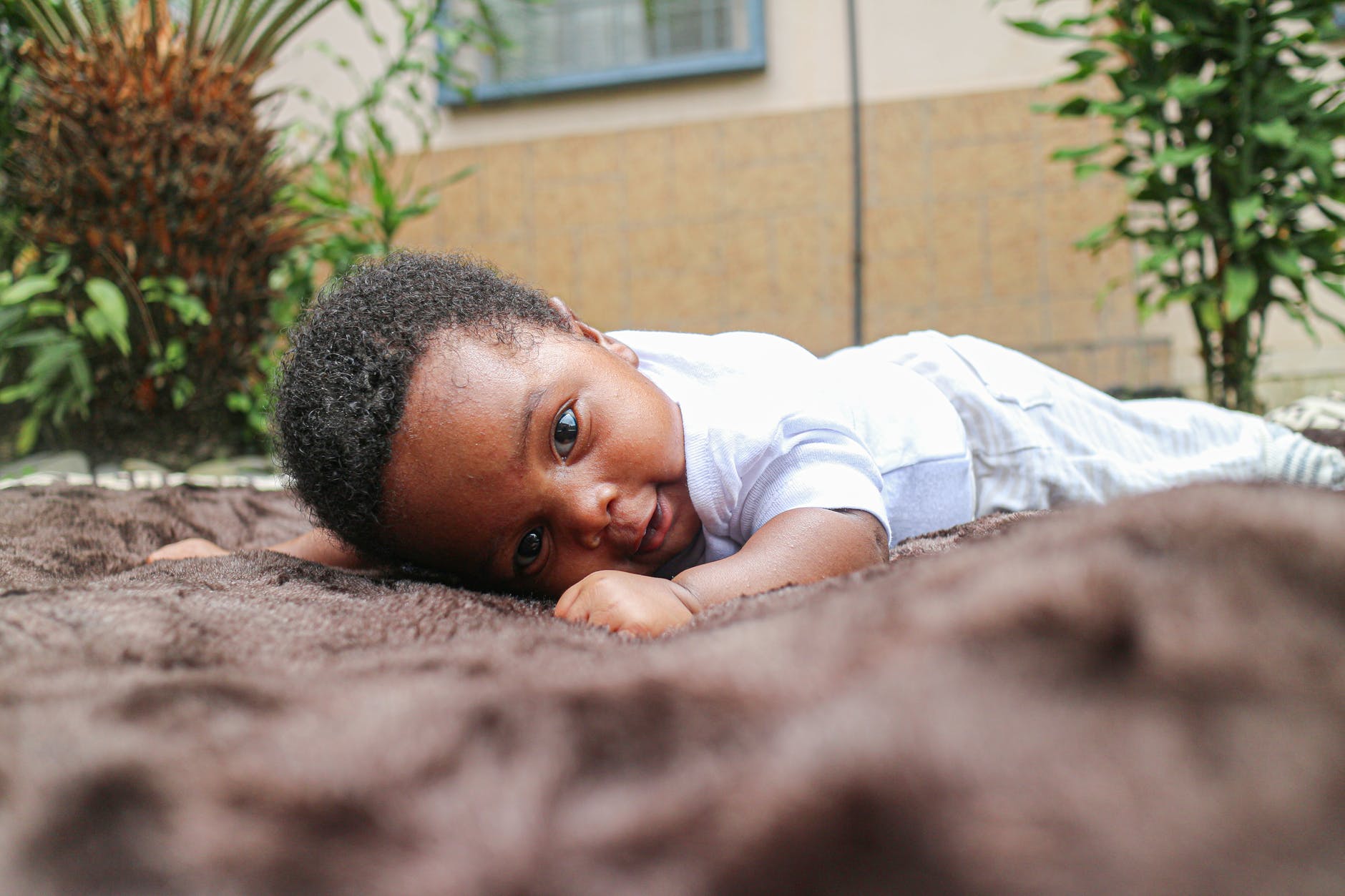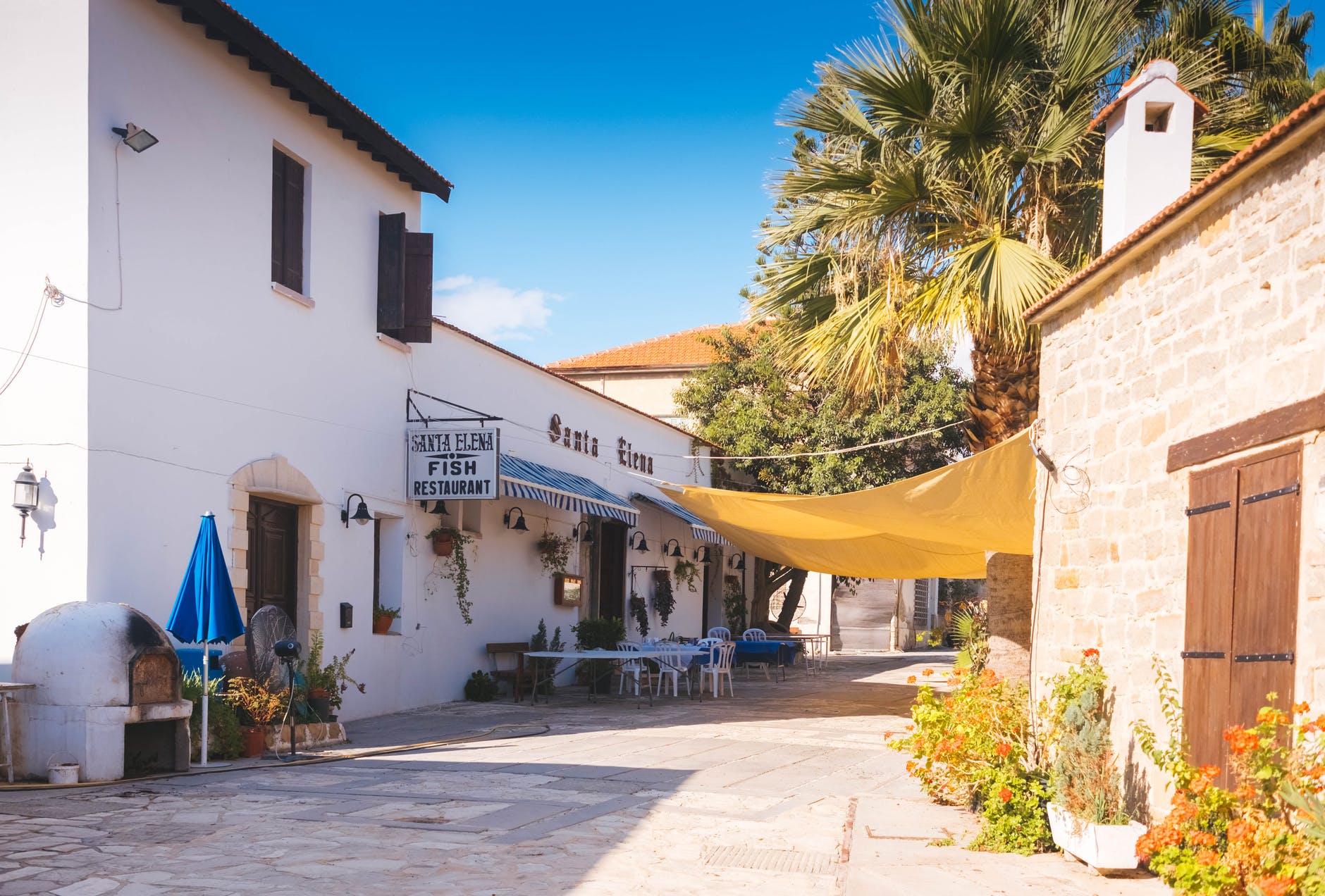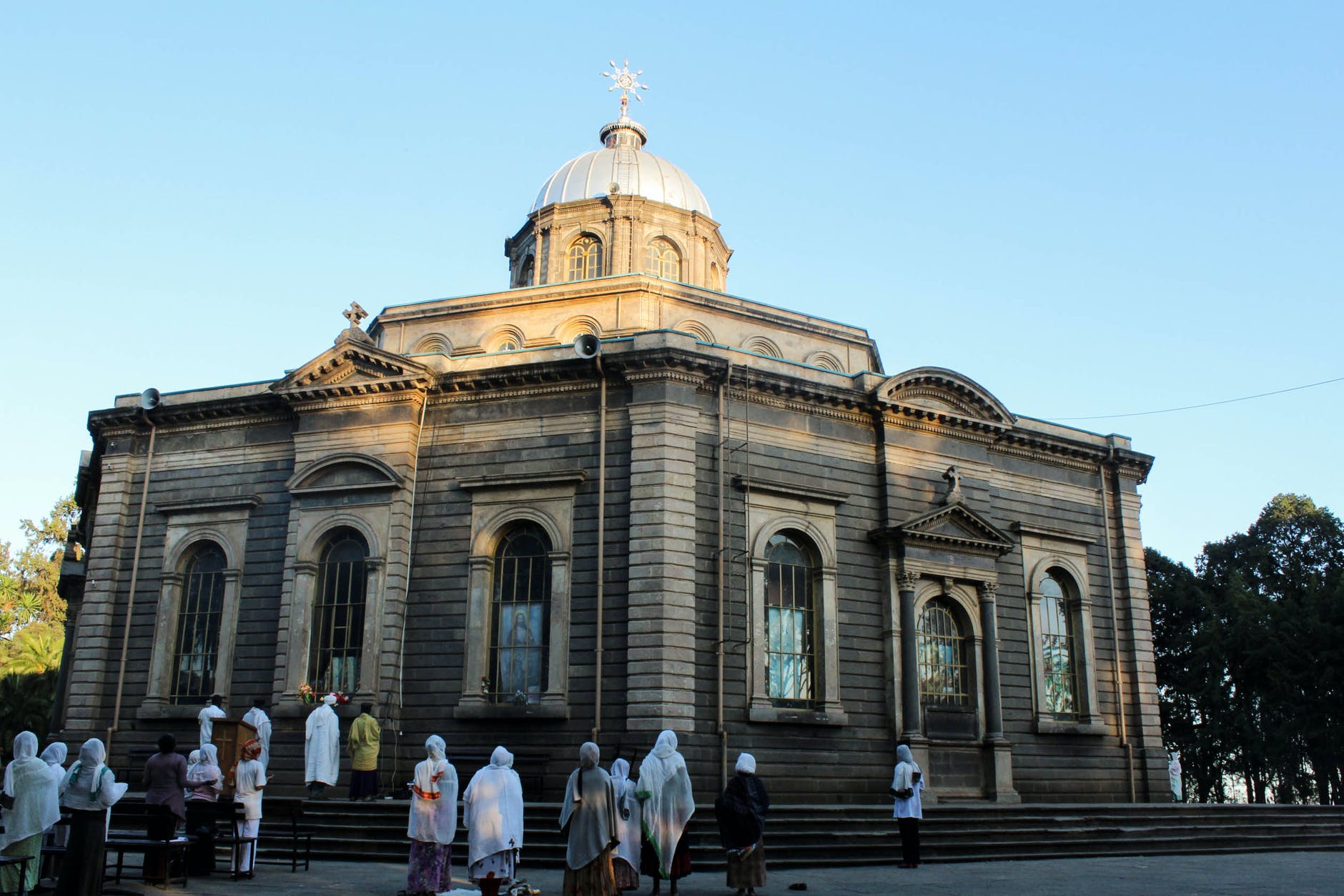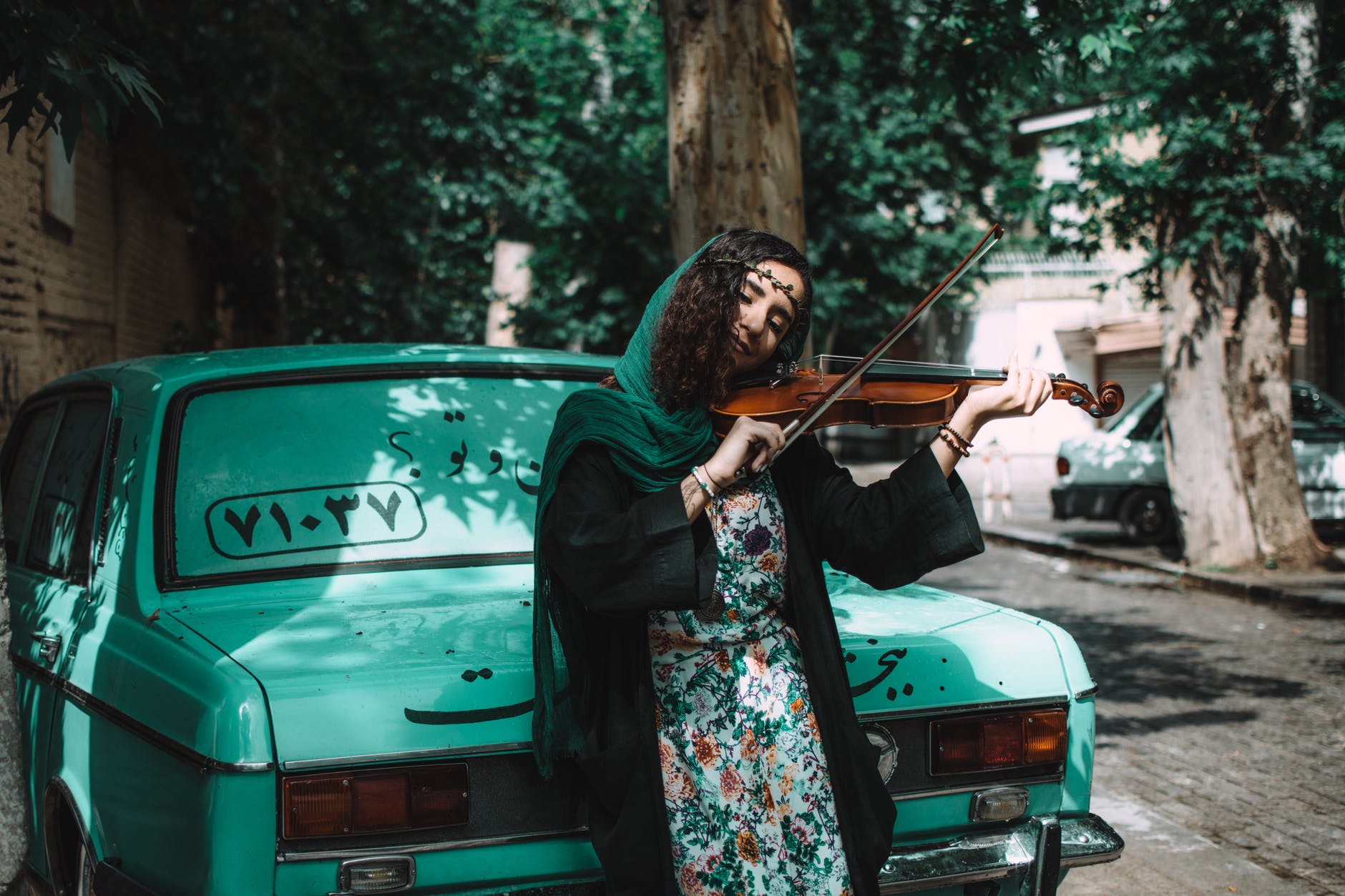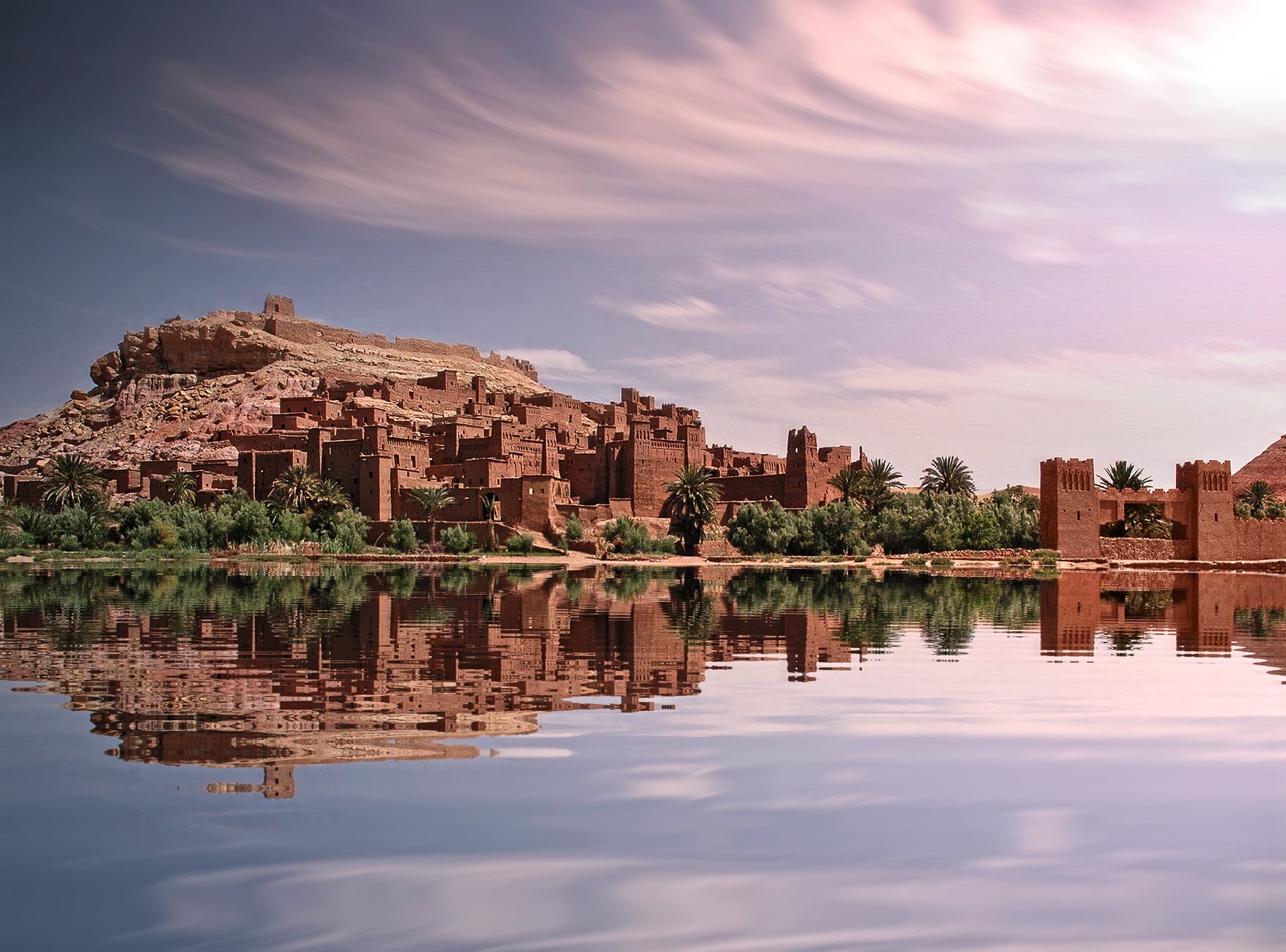We will start our Turkey Travel Tips by talking about this nation. The title of the region Turkey may arise from Turchia, that is the Italian term used to represent to Anatolia. The title of the nation simply indicates “Land of the Turks.” The overall territory of this nation is roughly 783,600 km2.
This includes more than 10,000 crops and 80,000 livestock life forms. Another fascinating fact is that Santa Claus has come from Turkey. The initial Christian church in the globe was built in Antakya. The West Bank of Istanbul is situated on the European mainland, whereas the East Bank is found in Asia.
It is legally unlawful to carry a Fez in this part of the globe. This has one of the earliest and grandest bazaars of the planet. Ankara is the capital and the main economic center of the state. There is proof that the early types of societies existing in the territories are now known as a portion of this nation.
It’s a hot spot for a couple of Hollywood and Bollywood films. Movies like Race 2, Ek Tha Tiger, The Ottoman Lieutenant, The Water Diviner, and Hitman were all shot here. The famous celebrities Beren Saat and Kenan Doğulu both belong to this state.
Many Turks did not have family names until a rule was made law demanding them in 1934. It’s a beautiful and fulfilling opportunity to learn ancient rituals. The overall population of this republic is nearly 82 million.
Things to do in Turkey:
- Hasankeyf
- Sumela Monastery
- Rumkale
- Şanlıurfa
- Olympos
- Alanya Kalesi
- Cappadocia
- Ephesus
- Aspendos
- Pergamon
- Mevlana Museum
- Nemrut Dağı
- Anıtkabir
- Aya Sofya
- Pamukkale
Language:
The primary and main language of Turkey is Turkish. It is spoken as the first tongue of almost 90 % of the community. However, there are further over 30 various tongues talked in Turkey, but a couple are talked by further folks than others. While the four main languages of this state are Turkish, Kurmanji, Arabic & Zazaki.
There are quite a couple of other racial tongues, such as Turkish dialects, Balkan, Laz, Armenian and Circassian. the most widely spoken migrants tongues in Turkey involve Crimean, Georgian, Kabardian, Bosnian, Albanian, Adyghe, and Tatar.
Currency & Banking:
The primary and main currency of Turkey is the lira. 1 lira is equivalent to 100 kuruş. The bank issues note in denominations of 5, 10, 20, 50, 100, and 200. While the coin comes in denominations of 5, 10, 25, 50 kuruş as well as 1 lira. US dollars and euros are recognized by numerous vendors in this area. However, the currency value is not going to be fantastic. You may use credit and debit cards anywhere in this territory.
Visa and MasterCard are allowed in several locations. The ATMs in this part of the world are quite popular. It is advisable to use the ones next to the banks if appropriate, instead of the ones on the road in stand-alone locations. They seem to be healthier and less vulnerable to hacking.
Tourist Visa:
Indian folks can apply the e-visa of this area. E-Visa is only valid for Tourism or Trade purposes.
Documents Requirements For Visa:
- The passport with 6 months validity
- One visa form
- 2 passport size photo
- Covering letter
- Confirmed return air ticket
- Hotel reservation
- Overseas travel insurance
Best time to Visit:
The perfect opportunity to explore Turkey is between the periods of April to June & October to November. During these phases, the temperature is good, the rainfall lesser. The mornings are typically mild and bright, while not unpleasant. Those are the spring and fall periods in the region. The warmer months begin in June and finish in September. It’s quite warm, including weather conditions on the south shore in the mid-30s.
It’s great for lazing by the water or swimming pool. Although it may be very inconvenient to explore the destinations. The temperature is going to chill down from the end of October. Between November to March, it can get very chilly and several resorts in maritime regions will shutdown throughout these times.
Time Zone:
The time Zone in this location is GMT +2.
Emergency Number:
- Ambulance: 112
- Police: 155
- Fire: 110
- Tourism Info: 170
Internet:
The Internet speed in Turkey is good and the prices are economical. You can buy SIM cards for your phone from the airport or one of many retailers all over this nation. All you need is the passport to get the sim card in this country. While Turkcell, Vodafone, and Türk Telekom are the major internet service providers in this location.
According to Turkey Travel Tips, the areas with free wifi hotspots are restaurants, hotels, airports, and popular tourist places. Whereas about 82 percent of the population has internet access. Throughout this state’s villages, you will face not problems, the connection is decent in most places.
Electricity:
The normal voltage is 220 V and the default frequency is 50 Hz. The electric sockets & plugs are of form F. It is also famous as “Schuko”. This form also operates with type C and type E. However, you can use your power equipment in this location if the normal voltage in your area is between 220 240 V.
Although it is advisable to carry a travel adapter to stay connected with the world. According to Turkey Travel Tips, power-cuts usually not happens in this part of the world, even in smaller areas.
Climate:
The various areas of Turkey have various environments, and the atmospheric pattern on the shore compares with that prevalent in the center. European side insights warm summers and chilly winters, with snow as a standard phenomenon. The weather conditions of spring and fall are satisfying and the skies are significant.
Istanbul ‘s position close to the coast indicates that it can be a high winds town, particularly in the cold season. Both the Aegean and Mediterranean shores experience a standard Mediterranean environment defined by moderate winters and warm summers, making Marmaris and Kusadasi seaside hotels famous all through the year.
Most of the precipitation happens in the winter across the shore, and in the summer season, it remains warm and clean, great for tanning. When you head farther east in Turkey, the variations of the atmosphere are more noticeable, with quite warm and dry summertime exceeding 40 ° C and quite cool winters with a strong snowfall.
According to Turkey Travel Tips, the conditions are moderate and nice and continue to remain fairly bright.
Reasons to Travel:
- Hamam experience
- Shopping
- Food
- Heritage sites
- Ruins and Landmarks
- Beaches
- Culture
- Natural world
- Hospitality
- People
History:
The past of the Turks is more than 400 centuries long. The Turks initially settled in Central Asia about the year 2000 BC. There are several civilizations, such as Great Hun Empire (3rd Century B.C.), the Göktürk Empire (552-740), the Uyghur Empire (741-840), the Avar Empire (6-9 A.D.), the Hazar Empire (5-10 A.D.), the Great Seljuk Empire (1040-1157), and several others.
The Seljuk state is quickly fallen with the Mongol uprising of Anatolia, which began in 1243. Several of the monarchies of Turcoma were built in Anatolia towards the finish of the 13th century. One of them was the Ottoman (in Turkish Osmanli) Beylik (Principality) called after its king, the Turkish emperor appointed Osman in 1299.
In 1453, throughout the rule of king Mehmet II, the Ottomans seized Constantinople. The byzantine dynasty fell, which also labeled the closure of the Middle Ages and the starting of the new world. However, beginning in the 16th millennium, the Ottoman dynasty gradually lost its financial and strategic dominance over Europe.
The Ottoman Empire was unable to respond to these modern innovations. Consequently, the separation of powers changed to the benefit of the European nations. The dynasty’s decline persisted after World War I. Below the provisions of this Armistice, the lands of the Ottoman Empire were dominated by UK, France, Russia, and Greece.
The Turkish National Liberation War was an attempt to develop a new country from the ashes of the Empire that had ended its existence. It lasts 4 years (1919-1922) in which a tiny force of civilians overcame and won the battle with the main forces at the period.
The democracy was declared on 29 October 1923. The Turkish folks got self-government for the first moment in millenniums.
Culture:
Turkish culture is a combination of the Ottoman, Byzantine, and western elements. There are several common dances and games that are unique to various locations. Ancient devices are including drums, trumpets, flutes, tambourines, violets, and cymbals. The famous narrative contains shadow plays done by puppets on a fabric screen, and orta oyunu, a sort of impromptu humor.
While Turkish cooking is essentially part of the legacy of Ottoman foods. It can be defined as a mixture and fermentation of main Asian, Middle Eastern, Eastern European, Armenian as well as Balkan dishes. It’s host to a variety of Kebab varieties. Pilav, Miroloto, Börek, Cacik, and Manti are the several primary dishes of this region.
Turkish coffee & tea are the key drinks in the region. The traditional women’s outfit comprises baggy trousers (şalvar) beneath, a softer outfit shirt (iç entari), and an external outfit (kaftan) on the upper end of the sequence.
While according to Turkey Travel Tips, the classical men outfit contains şalvar, yelek, and cebken (coat). Ahirkapi Hidirellez, Mevlana Whirling Dervishes, Mesir Paste, Oil Wrestling, and Camel Wrestling are major festivals of this state.
Religion:
Formally, Turkey is a secular entity. Anybody in this territory can pursue their faith. It has been indigenous to the three fantastic religious faiths Judaism, Christianity, and Islam for millenniums. While 99 percent of the overall population today is Islamic. The heritage of the state is primarily that of the Muslim folks, their kingdoms, interior design, arts, and literature.
Istanbul is also the historical center of the Ecumenical orthodox church of Constantinople. According to Turkey Travel Tips, it also has a lot of significant Orthodox Christian churches. The remaining 1% of the overall population corresponds to the group of Christians and Jews.
Packing Tips for Turkey:
- Passport & Travel map
- Backpack
- Personal toiletries
- Sunglasses
- Eyemask and earplugs set
- Comfortable Clothes
- Breathable tees
- Both sandals and closed-toe shoes
- Maps
- Black dress
- Kimono
- Chambray
- Flowy or linen pants
- Sunscreen
- Power Charger
- Scarves
Is it safe to Travel Turkey?
Yes, overall Turkey is a safe spot to visit. However, you have to skip portions of it, that is, anything along the Syrian frontier. You should be conscious that visitor locations are locations where most thieves and pickpockets take place, and that dangerous violence arises here as well. So be vigilant and keep your belongings close to your hands. Most of the serious offenses take place along the Syrian frontier, where abductions, robberies, and murders have been recorded.
Moreover, the popular fraud in Turkey is that natives make friends with visitors, take them out for beverages or meals, and then assume the visitor to spend for it. Public transport and taxi services in this area are quite harmless and efficient. However, regional motorists in the nation are careless and appear to overlook road laws and signage.
According to Turkey Travel Tips, this is not a safe place for Solo Women Travelers. You’re supposed to eliminate wandering lonely upon the night in this part of the world. Sexual crimes and abusive language have been noticed. please ignore locations that are isolated or dimly lit. Earthquakes have been common to have struck this nation. Even severe droughts that have triggered an absence of tap water in certain places in this republic.
Conclusion
However, if you need more information about Turkey Travel Tips ?? Call us at +918860284198 or contact us at [email protected].
FAQs
How much does a trip to turkey cost from india?
Mostly the turkey packages start from 60,000 to 80,000. These are the basic prices of packages. However, it can cost between 1 to 2 lac. depending on the number of days & Services.
Bad things about turkey?
1. Don't carry footwear in houses of worship. 2. Don't miss the table Etiquette. 3. Skip obscuring the opinion of a praying person. 4. Should not ignore the traditions of Ramadan. 5. Don't misinterpret the Turkish phrase.
Turkey travel restrictions?
Please note that, in order to comply with the reference compiled by the Directorate-General for Civil Aviation, specific passenger limitations adhere to visitors in Turkey. Travelers must comply with the requirements set out below for a comfortable and reliable trip. 1. All travelers must carry masks at the airport and throughout planes. 2. When traveling in Turkey, all travelers must fulfill the traveler information document. 3. All travelers will initiate a physical assessment and tests will be carried out on those displaying illnesses. 4. Travelers with a positive test result will seek clinical attention.
Lock down in Turkey?
No, Even after nearly two hundred thousands of COVID 19 cases, Turkey is not considering to put a lockdown in the nation
Is turkey a communist country?
No, Turkey is a modern republic. It has Muslim majority but rules are secular.

